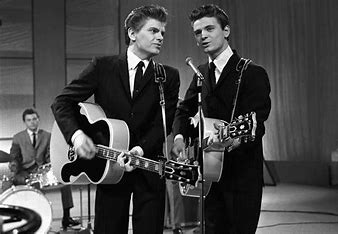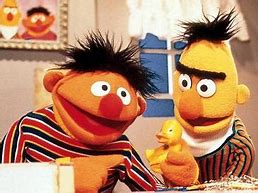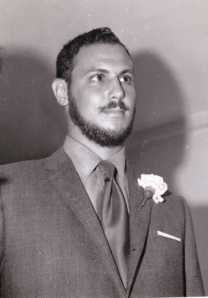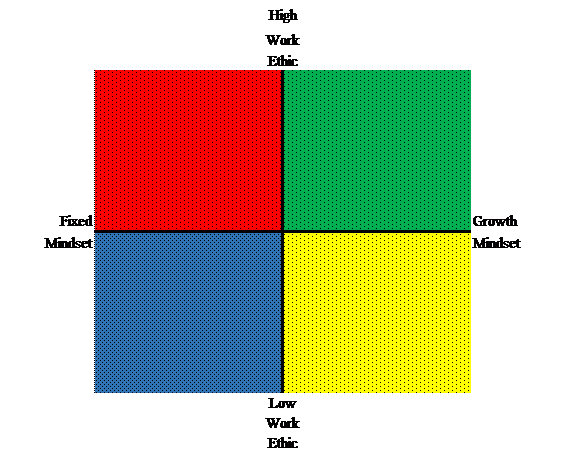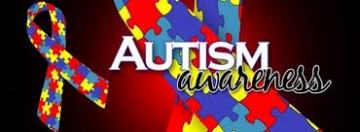How to manage the emotional component of learning to motivate the work and minimize the quit
by Walter Oden

Introduction:
Coaching children is a blessing of my full-time job. Coaching parents is also part of the job description. Learning is more than a hobby of mine. As a full-time professional coach, I must be obsessed with the process. Over the years, I have discovered there is rarely an “always” in the process. However, there are some patterns.
The Talent Code
The science of teaching the long-term process has been well chronicled in groundbreaking books like The Talent Code by Daniel Coyle.
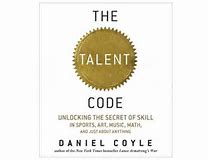
Through Daniel’s research, we were blessed to learn about Myelin, Deep Practice, Highly Talented Pockets and Chunking. The details matter. Yet, no matter how much valuable material a book like this contains, the public just can’t help themselves. What do people remember the most? 10 years, 10,000 hours.
Daniel gave us the perspective of a reporter and researcher. This article is from the perspective of a teacher and coach. My goals are very different than just applying science. It’s one thing to go to work every day. It’s another to go to work with a positive outlook on the process.
I do not want to reinvent science. I want an easier to digest version to use with our students. We also need to consider another equally important concept. The “Emotional Component” of learning.
The Emotional Component
As coaches, nothing is more exciting than working with students with great attitudes. Enter the other end of the continuum; A talented student with a bad attitude. In reality, we can’t teach the love. Our hope is to help students get to a skill level where a discipline is fun.
For instance, I teach tennis. A talented tennis professional knows how to make tennis fun even in the early stages. Ultimately, the sport of tennis becomes fun when a certain skill level is reached.
During the early days of tennis, skill development can vary greatly student to student. Overall, a student’s attitude towards learning these skills is directly related to many factors. For instance, how do they feel about the subject matter? How familiar is the student with what is being taught? This can matter when new topics or skills create stress due to lack of experiential reference points.
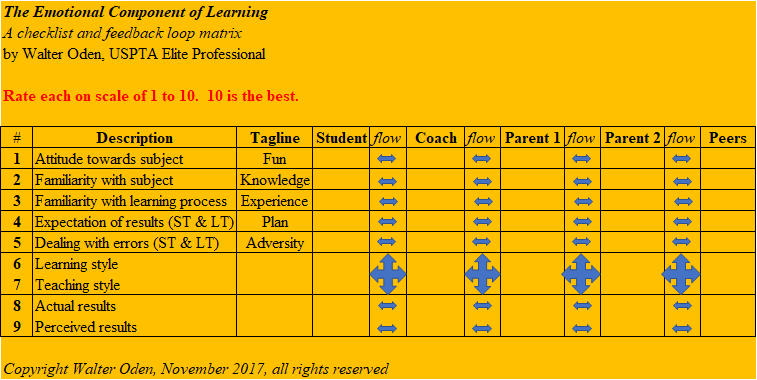
You also have external forces like parents and peers impacting the student. Their familiarity, experience and attitude can vary greatly as well.
Finally, the expectation of results (from all parties) can impact the student’s attitude. How does this student deal with error rate?
All these components wrap up into a category we will call the emotional component of learning. This article homes in on how to support and coach the emotional component to maximize long period learning.
I have a case of Whiplash

A movie that seriously impacted me as a coach was the academy award nominated Whiplash. If you haven’t seen the movie, do it. Click the link to the left to get a sense of what this movie is all about. Profanity warning! Whether it is music, sports, parenting, teaching, or management we have all seen this style of coaching.
J.K. Simmons plays a jazz teacher/conductor at a small college. Miles Teller plays a young jazz drummer with aspirations of excelling like his idol Buddy Rich. What transpires will hold you breathless. In essence, there is a coaching style that seeks out “the one”. If you are not “the one” you are emotionally expendable.
Most will agree this is not the best approach to coaching.
Error Rate
I love writing about the concept of error rate. How do your students deal with error rate when learning a “hard” or “long period” skill? Some skills are by definition “long period” meaning that the sheer number of repetitions needed to gain familiarity will take years (not weeks).

Everyone is different. Some people can handle the error rate, some can’t. High level academic performers may have problems dealing with error rate in sports. Why? They are used to regular gratification through grades on tests. This problem is magnified when a student has done something a certain way for a long time. Unlearning or changing a technique gets even harder when a student is competing regularly. Let’s define “competing” as anything that has a score, a winner, a loser or grade attached to it.
Sell it
Therefore, “selling” the long-term process is part of the emotional equation. Yes, part of our job as coaches is to sell the end game. In fact, it is a major part of our work. Students (and parents) can get hyper focused on performance results as a measure of success. This type of student needs something they can grasp on to during the periods of high failure rate. High failure rates are a FACT during the early stages of long period skill development. The goal is to help prevent their head from melting while making the necessary errors in the early learning process.

Simplify
I was presenting at a USPTA World Conference on Tennis and made a statement. “My goal is to take complicated science and make it simple to apply”. That presentation was about brain science.

Simplicity is essential if “science” is going to make an impact on students. It better be simple, or you will lose them. That means students (and parents) may not need all the scientific details. Sometimes it is not the “idea” that matters, but how it makes the student “feel”. How they feel will impact their practice mentality and their ability to stay focused on the future. Academic principles don’t motivate all students.
Albert
What do people remember Albert Einstein for most? Was it for his General Theory of Relativity? Was it his hair? His hatred of shoes and socks? Maybe. Most people remember E=MC²
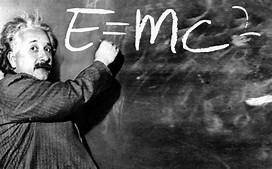
Out of the clutter, find simplicity – Albert Einstein
E = MC². That simple formula created more buzz than the theory itself. The common man may not understand the complexities of warped space-time or gravitational waves. Yet, this formula changed the world. Everyone knows it. It may have also spawned a surge in young people pursuing careers in physics. Students are starved for simple concepts.
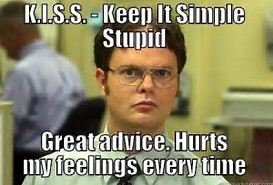
The Concept
We have all been there. Been notified of a new Windows 10 update? Had a bad WiFi location and tried to download an app? Maybe it is a YouTube upload and it’s a big file. It is one of the most annoying tech realities. You start a download and see the dreaded 1% complete.
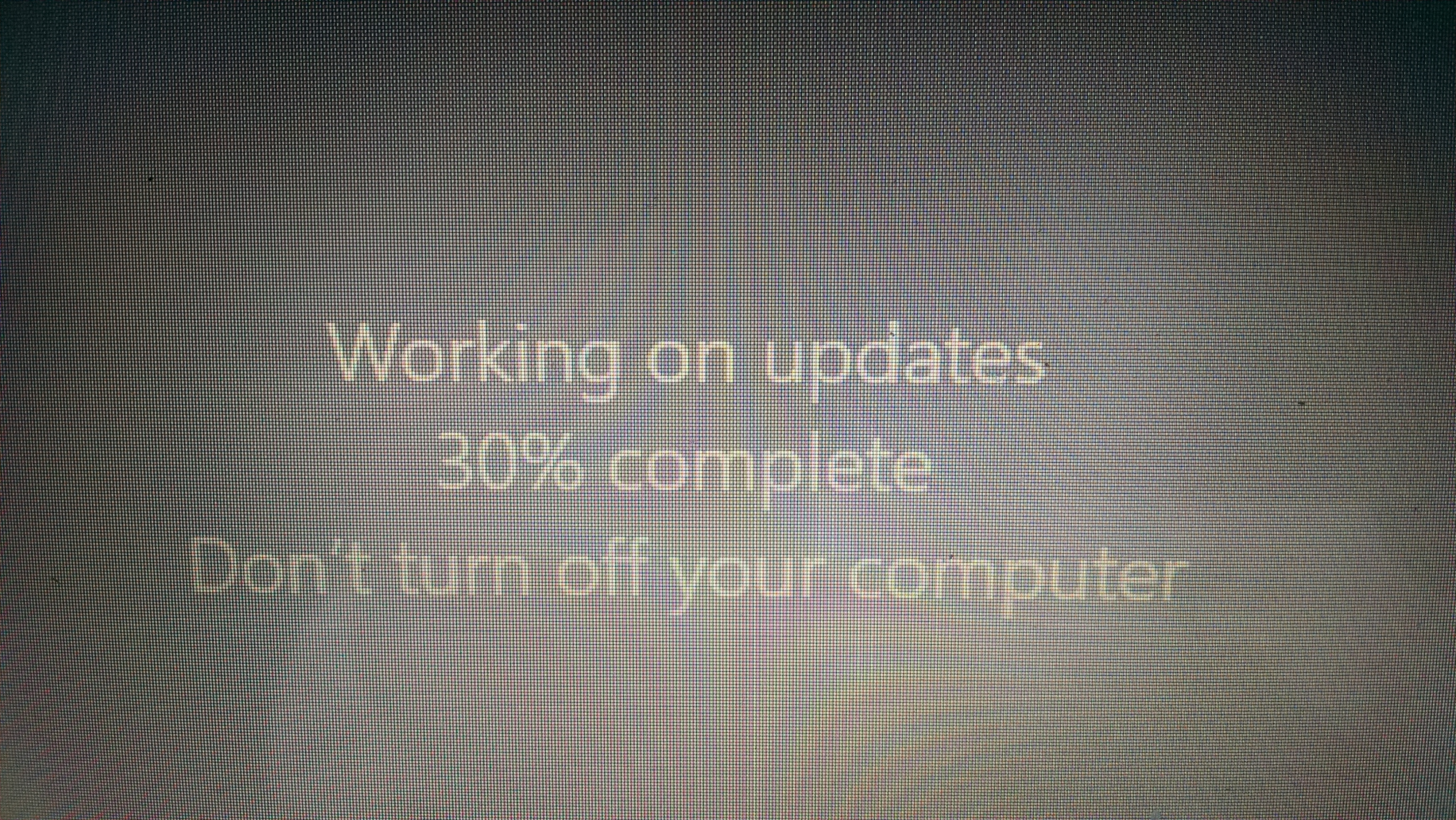
Most of the time, we just put our phone down and walk away for a while. Then, we check on it periodically to see how far its gotten. We get motivated when 1% has moved to 3%. As long as we see it moving, we don’t panic. We know it’s working, even if it is slow. In fact, we are more motivated to walk away and simply let it finish.
The Human Brain
This is exactly how the human brain learns. It is a slow download. Then again, everything can download if you are willing to wait. The human brain is like unlimited cloud storage with a really slow WiFi connection. It can be both annoying and stressful. Sometimes, during slow sections of a download, we may question whether things are really downloading at all?

You ever get to a point in a major update (like the Windows 10 Fall Creators Update) where it stalls at a number like 47%? You start to question whether something happened. Did the progress stop because of a flaw in the connection? Is there simply a problem with the install? This is how students (young and old) may feel during the learning phase! Parents are also subject to this “learning lag” phenomena.
This is where our job as a coach becomes so important.
Patience

If we are not patient, we often sabotage the download by rebooting the device or exiting out of the process prematurely. We can equate this to periods of “quit”.
Therein lies our secret to this concept. Think of learning “hard things” like the 1 % download. Tennis is a hard, long period skill. Playing an instrument is in this realm as well. Learning a sport and playing an instrument are “large downloads”. Be patient. It doesn’t have to happen all at once. Accept progress that is small. In fact, you may not even notice the progress. Yet, the download is happening.

Your brain is powerful, but it can’t bite off everything all at once.
The tub is filling, but is it draining?

Another good analogy to emphasize (and sell) this concept is a fast filling tub of water. A full tub is a metaphor for a lot of information we are trying to put into our brain. There is only so much water that can go down the drain. The drain represents maximum input rate our brain can handle. That is your brain processing hard data. Be patient. The tub will drain. In fact, even a slow drain goes down eventually. Be careful, overfilling a tub or glass of liquid only gets the floor wet.

How much water you add to the tub is directly related to how much it can hold. This is where the concept of dosage becomes important.
Dosage
Would you ever get a prescription for a medication and ignore the directions? I know, just open the bottle and take all the pills!
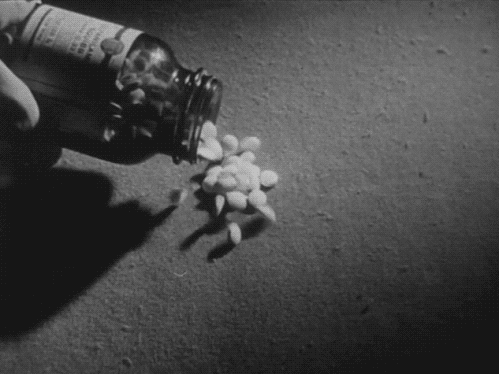
That’s why it is important to sometimes cutoff new skill drills with a time limit. The emotional component is directly related to dosage! One example from tennis is introducing young players to continental grip skills. Once we get to a certain amount of time, we should stop. It can be counter productive to keep coaching a skill to get a performance breakthrough in a single teaching session. Again, dosage impacts the emotional component of skill development.
We can agree that some students can take higher dosages than others. We will address that later in the article.
How to use dosage in teaching
Here is how I use dosage in a one hour lesson. I predetermine the topics and approximate time I want to spend on a topic. When the allotted time on a topic ends, simply tell the student “dosage”. This message goes well with the 1% download concept. You ever see a kid hit their phone screen repeatedly if it’s not loading? You can only get so much data in. Put it down and let it download.
Danger Will Robinson!
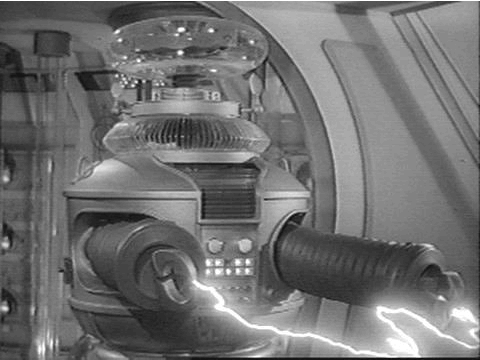
As was noted earlier, we all learn differently. I am constantly reminded of an unintentional emotional story I heard once from the great American tennis player Eliot Teltscher. There really isn’t a nicer guy in the world of tennis. I was attending the National Competition Training Center Seminar in Key Biscayne. Eliot was recently hired by the USTA to head up High Performance Coaching. During a round table discussion on junior tennis, the panel was asked “what motivated you to excel?”.
We heard lots of stock answers until Eliot responded. “My fear of my dad”. He went on to say that “my fear of my dad probably forced me to practice harder and get to the level I became. Unfortunately, it didn’t do much for my long-term relationship with my dad”.

We have heard this story from Andre Agassi as well in his book. This emotional component is a very real pitfall applying science and research literally. Let’s agree the math on being world-class (10 years, 10,000 hours) is a fact. This math fails when we try to factor in things like mental health and relationships with people driving the work.

Dosage has to be different to different students. One size does not fit all. A 1% download at a slower pace may be the perfect pace for maximizing skill and positive long-term emotional development. Others can take more push.
Progressive muscle overload
We are likely all aware of the concept of in strength training. In short, it is a method of training which puts muscles in a state that pushes them beyond their normal breaking point. Some research shows this may increase performance gains over traditional training. You must be careful not to injure the athlete, so there is a lot of skill that goes into this accelerated style of training. If we think of the brain as a muscle (neuroplasticity) it might work as well.
Capacity Training
Dr. Jim Loehr wrote many books making reference to developing a capacity for stress. His key to success included adding just enough stress to improve the student’s tolerance for stress. The magic is in the dosage! The point of this section is to point out that “overfilling the tub” at times is completely reasonable if it is part of a bigger plan. Getting the athlete used to having “too much information” could be an argument for better dealing with stress.
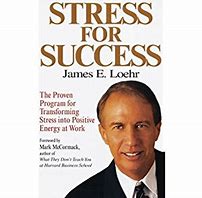
However, this may not be the best approach when learning a NEW or LONG PERIOD skill. Could it be better to control the dosage and calmly preach the 1% download? The answer depends on the student.
Almost done?
Another strange premise is when you have almost reached 100% of the download, but don’t notice. Imagine a long staircase where the last step is so high, you can’t see over the top to the finish line. Students in this mode of thinking may quit right before they are there!

This is like the 87% complete with a lag. The student is stuck at 87% and thinks they have failed and it will never finish (or get better). Remember, I talked about certain parts of a download that take extra-long? It is important as a coach to be aware of this process and make the student know “you are close”.
I often see a student that is very close to mastering a skill in a private lesson, but won’t work on it in a group clinic. This just stalls the download. It is these moments that are critical to “push through” the lag. It is even worse when the students are competing. They will almost never work on a new skill while trying to win (nor should they).
This is why the 1% download concept is so important. You don’t need a fast download if the student understands the concept and the end game. A student can move the needle 1% during the week, but doesn’t have to move it every day during the week.
Partial Download
Apps don’t work unless they are fully downloaded and installed. This is not true with learning. It is way more like a low resolution picture becomes higher resolution as the download becomes closer to 100%. That means the skill is useable long before 100%
Slow download doesn’t mean no download
Milestones are both useful and dangerous. They can be a powerful motivation tool when you are exceeding accepted milestones. They can choke confidence and belief systems when you lag behind the norm. Enter parent’s fear of their child being “behind” and you have a recipe for Armageddon.

This is another huge advantage of the 1% download concept. Do you really care how long it takes to get to 100%? I am specifically talking about students that are lagging in specific areas of academics or sports. The answer is maybe. School forces these timelines, so we might not have a choice. Young tennis players are forced into timelines called “junior tennis”. Yet, in the grand scheme of life most students and parents would agree that getting to the finish line matters more than the timeline!

If you have a seemingly slow learner, who cares! As long as the download is progressing, you are headed in the right direction. Don’t be influenced by other people’s download speeds. If it looks like the download is progressing, continue to support it towards the 100% goal.
Moments of Suspect (The Shanks)
All apps crash. It doesn’t mean it’s a bad app. It doesn’t mean the app doesn’t work. It just crashed.
I invented the term “moments of suspect” to comedically describe how a well-developed skill goes awry. Remember the scene in Tin Cup where Kevin Costner gets “The Shanks”?
This is caused by lots of things. I could be you think you are at a 100% download, but might be in the 90% range. Getting to 90% in the download process is often a time when you FEEL like you have mastered something. Yet, moments of suspect might be the tell-tale sign you are still not there.
Moments of suspect are in every sport. We have all seen Lebron have a bad day. That doesn’t change the fact that he is one of the greatest of all time. There is a natural ebb and flow of a skill. It is a lot like a fully charged battery that loses charge without it being plugged in.

Usually, moments of suspect will pass unless you try to fix them right there. Trying to fix the “Shanks” leads to the scene in Tin Cup. Sometimes, just walk away from the skill and allow your system to reboot is all it takes. Usually, your download will pick-up right where it left off.
Some Conclusions
There are no easy answers to being a teacher. In a perfect world, all students would show up motivated to try hard no matter how they are doing or feeling. I am convinced that you must have a feel for neuroscience to really maximize the learning of any student. All students learn at different rates. All students have different motivation levels. Finally, different students have different emotional components to manage.
As teachers, we should be careful not to sell performance expectations. Stick to selling learning expectations. Remember, that 1% download is a big file. It takes a while, but what an app!
Copyright Walter Oden, November 2017, all rights reserved. Please see Global Copyright Notice on Home Page Sidebar







